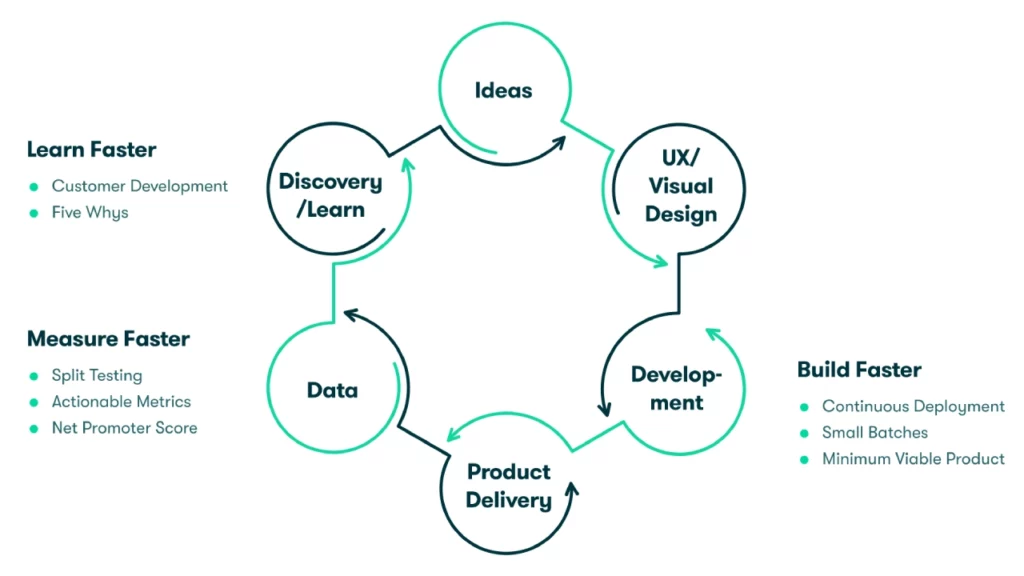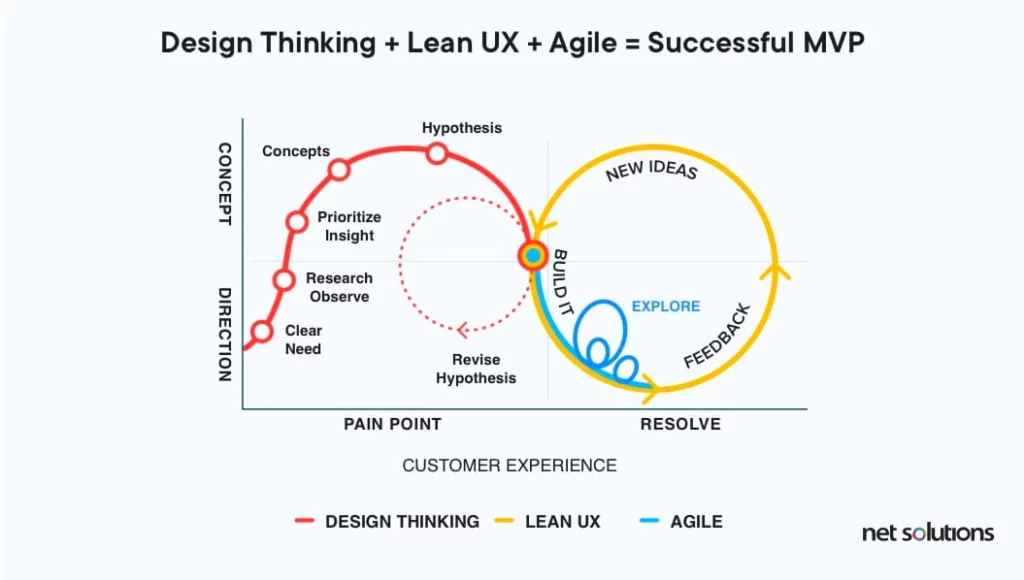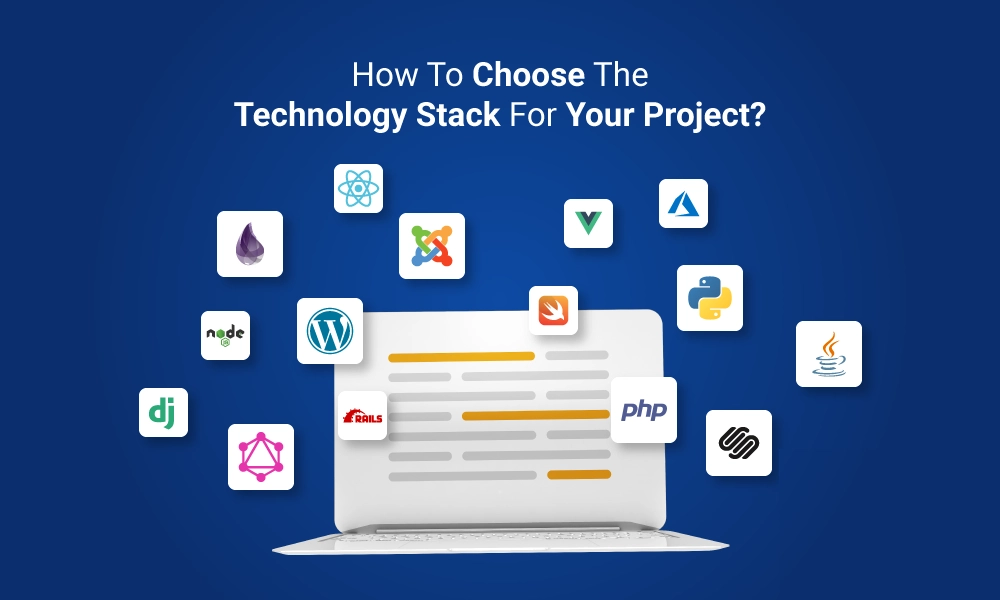As businesses grow, change, and respond to market demands, customer preferences, and new opportunities, it’s crucial for their website and marketing strategies to also adapt. That’s why we’re passionate about the MVP approach to building a website.
First Of All, What Is An MVP?
What is an MVP? An MVP, or Minimum Viable Product, is a cost-effective and time-efficient solution to a problem that seeks to uncover what users really want. It’s a stripped-down version of a product that can be developed quickly to gain valuable insights.
The minimum viable product (MVP) was popularized by the book The Lean Startup. Author Eric Ries defines it as a “version of a new product which allows a team to collect the maximum amount of validated learning about customers with the least effort.”
At ENGEN, we recommend an MVP approach for our customers who are in the early stages of brand, business, product, or software development. It’s a flexible website solution that can easily be upgraded as the organisation grows and adapts to changes in the market.

What Are The Benefits Of An MVP Website?
- The MVP (Minimum Viable Product) approach to website production offers a quicker build time compared to traditional development methods.
- By launching a MVP website, you increase the chances of attracting early adopters who are eager to test out and provide feedback on new products or services.
- The MVP approach allows you to collect a greater amount of validated learning about your customers, which you can use to optimise your website based on their feedback.
- As your offering grows and evolves, the MVP approach makes it easy to fine-tune your website to meet the changing needs of your customers. It’s unlikely that the first version of your product or service will be its final form, as it often takes years of refining to reach a final product.
- With a small number of pages, it requires less effort to overhaul the website if the MVP turns out to be different from what your customers expected or if you launch a new version of your product.
- The basic functionality provided by an MVP website offers a strong foundation for future evolution and expansion.
- The MVP approach also helps keep initial development costs low, making it a popular choice for lean start-ups.
- By gathering live data much sooner, you’ll have valuable information to guide the next design phase and make informed decisions about the future of your website.
- The MVP approach enables you to collect the maximum amount of validated insights about your customers and their needs in the shortest amount of time.
- With a single page format, the MVP approach forces you to streamline information and condense long-form content, making it easier for your customers to quickly find the information they need.

An MVP Is Not A Prototype
A prototype can serve as a useful tool in gathering qualitative feedback before a launch, but it should not be mistaken for an MVP. While a prototype may provide some indication of future success, it typically lacks the form and functionality of a live product.
A minimum viable product, on the other hand, should be a working product that allows you to gather usage data and receive customer feedback. The real-world scenario of a customer searching for information on their phone while in a store, with a time constraint, provides a more accurate representation of engagement and conversion compared to a mock scenario in which feedback is solicited.
It’s not uncommon for prototypes or early surveys to produce results that differ from the final products once they reach the market. This highlights the importance of gathering data and feedback through a working MVP.
MVPs Aren’t Always Small
The extent of an MVP can vary depending on the size and scale of your business. Whether it’s a five-page or a 50-page MVP website, the first iteration of a product will not have all the desired features and functions. However, despite its limitations, an MVP approach still offers numerous advantages.
The MVP Approach Is Customer Driven
Launching an MVP is a crucial step in gathering real-time feedback from customers. It’s a classic chicken-and-egg situation: you can’t build what they want until you ask and test. To make the most of this process, it’s important to set up your website with analytics reporting and solicit user feedback. This way, you can ensure that your MVP provides you with the information you need to improve and evolve your product.
Define Core Objectives and Roles
The process of developing a minimum viable product (MVP) with a narrow scope of core requirements can sometimes face resistance, as different stakeholders may have differing opinions about the site’s objectives. For example, the VP of Sales may want to showcase the entire product portfolio, the Marketing Director may want to maintain key messaging, and the CTO may prioritise a modern and reliable site that showcases the company’s innovation.
It can be helpful to reframe the MVP as a series of small, achievable goals, rather than an incomplete product. This approach allows the team to focus on quick wins and make quick pivots in response to feedback. The ultimate goal is to create the best possible experience for customers, who are typically more concerned with usability than completeness.
It is also important to clarify your business goals and build a team that is aligned with these objectives. With each release of the site, priorities may change, and it may be necessary to reassess your timeline and resources. Focus on the specific problems the site solves for customers and build a solution that quickly addresses these needs.
Gather customer feedback through usage analytics, site feedback tools, reviews, and other means. Regularly reassess the build priorities based on the insights gained from customers, and limit the number of variables when testing to gather more accurate data. Ultimately, the MVP should be a continuously evolving product that is tailored to the needs and preferences of its target audience.

An MVP Is About Value After All
The MVP or Minimum Viable Product concept is not just about developing a product with the minimum requirements, but it’s also about providing value to your customers and stakeholders. To achieve this, it’s crucial to align your team’s objectives and priorities from the beginning. By focusing on a smaller MVP, you’ll be able to see results faster, saving time and keeping your team motivated. Additionally, a quick return on investment can be demonstrated to keep the project funded.
Having shared objectives and a clear plan for future releases can help improve the dynamics of your team. They will learn more about the needs of different groups, and work together to build consensus. It’s important to emphasise that the MVP is only the first step, and additional features will be added in future releases.
The real value of an MVP lies in the ability to gather customer feedback early on in the development process. This feedback will inform future improvements, and might even cause you to reassess your initial priorities. An MVP provides a proof-of-concept approach, allowing customers to test the product and provide valuable input for future enhancements.
Is a Minimum Viable Product Website Appropriate for Your Business?
The concept of an MVP website has numerous advantages, but is it the best option for your particular situation? Here are a few questions to reflect upon:
- Are you launching a new business and in need of a website to establish an online presence?
- Does your current website not fulfil your requirements and you would like to utilise recent advancements in technology?
- Are you introducing a new product or service that does not fit well with your current website’s structure?
- Are you planning to venture into a new market, but want to retain the ability to adjust your approach after gathering insights about the market, customer needs, and industry trends?
If you can answer yes to any of those questions you are a strong candidate for an MVP website.
Questions To Ask When Choosing Your Technology Stack
Before you decide on a technology stack for your MVP website, it is important to consider a number of factors to ensure that you are making the best choice for your business. An MVP website is a crucial aspect of your business and the decisions you make now can have a significant impact on your future success.
Here are some important questions to ask when choosing your technology stack:
- Can your server handle increased demand?
- Does the website platform provide you with the necessary marketing intelligence to make informed decisions?
- Does it include e-commerce and customer engagement features?
- Can you track customer activity and nurture them effectively?
- Is the website protected from spam and secure?
By choosing a scalable and flexible server and web platform, you can ensure that your MVP website will be able to grow and evolve as your business grows.

Conclusion
In conclusion, the MVP (Minimum Viable Product) approach to building a website is a cost-effective and time-efficient solution that offers numerous benefits. The MVP approach offers quicker build time compared to traditional development methods, allows you to collect valuable customer insights, and makes it easier to fine-tune your website based on changing customer needs.
With its focus on gathering real-time feedback, the MVP approach helps you make informed decisions about the future of your website. It is important to have clear business goals and to build a team aligned with these objectives. The MVP should be a continuously evolving product tailored to the needs and preferences of your target audience. With its numerous advantages, the MVP approach is a valuable solution for businesses in the early stages of development.

